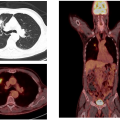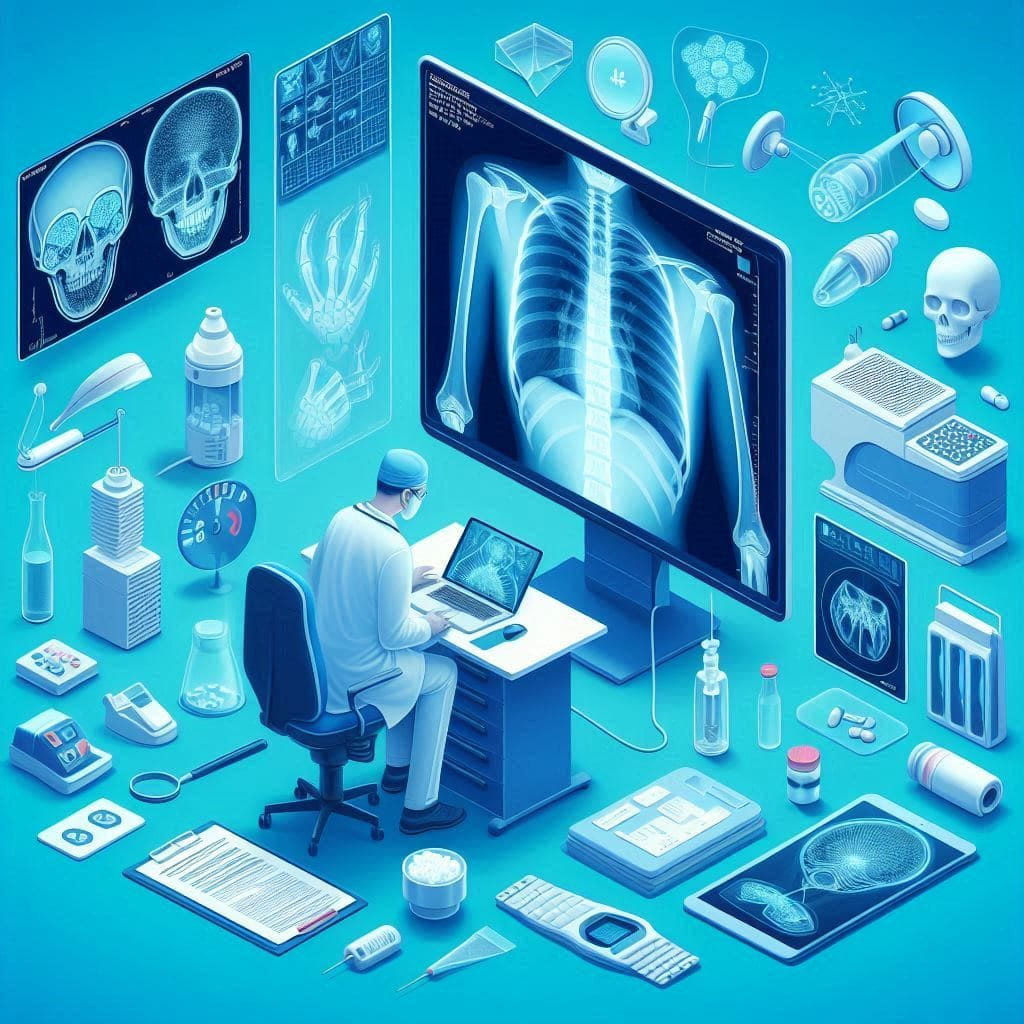
What is the nature of positrons?
In the field of medical imaging, positrons are considered advanced tools that enhance our ability to diagnose diseases with precision and efficiency. Positrons are utilized in advanced imaging techniques such as Positron Emission Tomography (PET), which provides accurate insights into biological activity in the body. In this article, we will delve into the nature of positrons, how they interact with the body, and their importance in disease diagnosis, with a focus on how Dokki Scan can benefit from this advanced technique to provide exceptional medical care.
What is the nature of positrons, and how are they used in medical imaging?
The positron is a type of elementary particle that is a form of antimatter. The positron carries a positive charge, whereas electrons, which are similar particles but carry a negative charge, make up ordinary matter. The positron was discovered in 1932 by the scientist Carl Anderson, and since then it has had various applications in medical and scientific fields.
In medical imaging, positrons are used in a technique known as Positron Emission Tomography (PET). This technique relies on the principle of interaction between positrons and electrons to produce detectable and analyzable radiation. PET is considered one of the most advanced imaging techniques due to its ability to provide accurate insights into biological activity within the body.
The imaging process using PET begins when a radioactive substance containing positrons is introduced into the body. This substance is known as a radiotracer, and it usually contains molecules that are associated with specific compounds used for disease diagnosis. After the substance is introduced into the body, the positron begins to interact with the electrons present in the tissues.
When a positron interacts with an electron, mutual annihilation of the two particles occurs in a process known as annihilation. In this process, the energy of annihilation is converted into two oppositely directed photons. A PET scanner can detect this radiation and track its position and timing, converting the collected data into three-dimensional images that doctors can analyze to determine biological activity in the body.
The images produced by a PET scanner are among the most important tools in medical imaging, as they provide detailed information about cellular and metabolic activity in tissues and organs. This information helps doctors understand how tissues function and identify any abnormal changes that may indicate the presence of disease.
How do positrons interact with the body?
When using PET technology, positrons interact with the body in a specific manner due to their unique physical and chemical properties. The interaction of positrons with the body can be explained through the following steps:
During a PET scan, a radioactive substance containing positrons is introduced into the body via intravenous injection. The radiotracer is carefully selected so that it interacts specifically with the targeted tissues, allowing for the analysis of particular areas of the body.
Once the radiotracer enters the body, the positron begins to interact with the electrons present in the tissues. This interaction results in the mutual annihilation of both the positron and the electron, producing two oppositely directed photons. This radiation can be detected by the PET scanner, which tracks the location and timing of these photons.
The radiation generated from the interaction of positrons and electrons is collected and converted into three-dimensional images by the PET scanner. These images reveal biological activity in the tissues and organs and provide detailed information about the patient’s health condition.
Doctors analyze the resulting images to determine the biological activity in the body. These images can reveal changes in tissues and organs, helping in disease diagnosis and determining appropriate treatment plans.
What is the importance of positrons in disease diagnosis?
The use of positron imaging is crucial in disease diagnosis, offering several benefits that contribute to improved diagnostic accuracy and treatment decision-making. The importance of positrons in disease diagnosis can be summarized as follows:
PET plays a significant role in cancer diagnosis due to its ability to provide precise images of cancer cell activity. Cancer often leads to increased metabolic activity in cells, which PET can detect easily. This technique helps doctors accurately locate tumors and assess their size, aiding in treatment planning and decision-making.
PET also allows for early detection of tumors, increasing the chances of successful treatment and reducing potential risks. Furthermore, positron imaging can be used to assess how well tumors respond to treatment, helping doctors adjust treatment strategies based on the results.
PET is a valuable tool for monitoring disease progression, such as cancer. It can be used to evaluate how the disease is evolving in response to treatment and identify areas that may require additional interventions. Regular assessment helps improve treatment outcomes and enhances the chances of full recovery.
In cardiology, PET is used to identify areas suffering from reduced blood flow or damage in the heart muscle. This technique provides precise information about how the heart muscle is affected by blood flow, helping doctors evaluate heart health and determine the best treatment strategies for patients with heart issues.
In neurology, PET plays a crucial role in diagnosing neurological diseases such as Alzheimer’s disease and Parkinson’s disease. PET can identify changes in neural activity in the brain, helping understand how these diseases affect brain function. This understanding can lead to improved treatment strategies and personalized care for patients.
PET is useful in assessing the biological functions of different organs. It provides comprehensive insights into how tissues and organs are functioning, helping diagnose complex medical conditions and providing valuable information for informed treatment decisions.
Benefits and Challenges of Using Positrons in Medical Imaging
Positron imaging offers several benefits that make it a valuable tool in medicine, including:
PET provides high precision in detecting biological changes, making it an effective tool for early diagnosis. The ability to obtain detailed images of metabolic activity in the body helps doctors identify diseases at early stages and improve treatment outcomes.
PET can detect diseases in their early stages, enhancing the chances of effective treatment. Early detection of conditions like cancer can lead to quicker and less invasive treatments, contributing to better treatment outcomes.
PET offers a comprehensive view of biological activity in the body, aiding in the diagnosis of unclear medical conditions. The detailed information provided by this technique helps doctors determine the disease state and offer appropriate treatment.
However, there are some challenges associated with using this technique, such as:
Positron imaging can be costly, which may affect its availability in some areas. The cost of the scan may be higher compared to some other imaging techniques, which can be a barrier for some patients.
Although the doses used in PET are low, radiation exposure is still a part of the process. Doctors and specialists must be aware of the level of exposure and radiation to minimize potential risks.
The Role of Dokki Scan in Using Positrons
At Dokki Scan, we are committed to providing the latest imaging technologies to ensure exceptional medical care. By using positron imaging technology, we can provide accurate information that aids in early diagnosis and effective treatment planning.
We offer a range of integrated services, including advanced PET scans using the latest equipment and techniques to obtain accurate and comprehensive images of biological activity in the body. We assist in early detection of diseases and monitoring their progression using PET technology, allowing us to provide personalized care and adjust treatment strategies based on results. We also offer specialized medical consultations to guide patients toward the best treatment options based on PET scan results.
Positrons play a crucial role in enhancing the precision and efficiency of medical imaging, contributing to more effective disease diagnosis. At Dokki Scan, we are committed to offering the latest imaging techniques to ensure exceptional medical care. By using positron imaging technology, we can provide accurate information that aids in early diagnosis and effective treatment planning.
If you need a medical consultation or wish to learn more about how advanced imaging techniques can aid in disease diagnosis, we invite you to visit Dokki Scan. We are here to support you and provide the care you need to maintain your health and well-being.
Latest Blogs
- All Posts
- Blog











